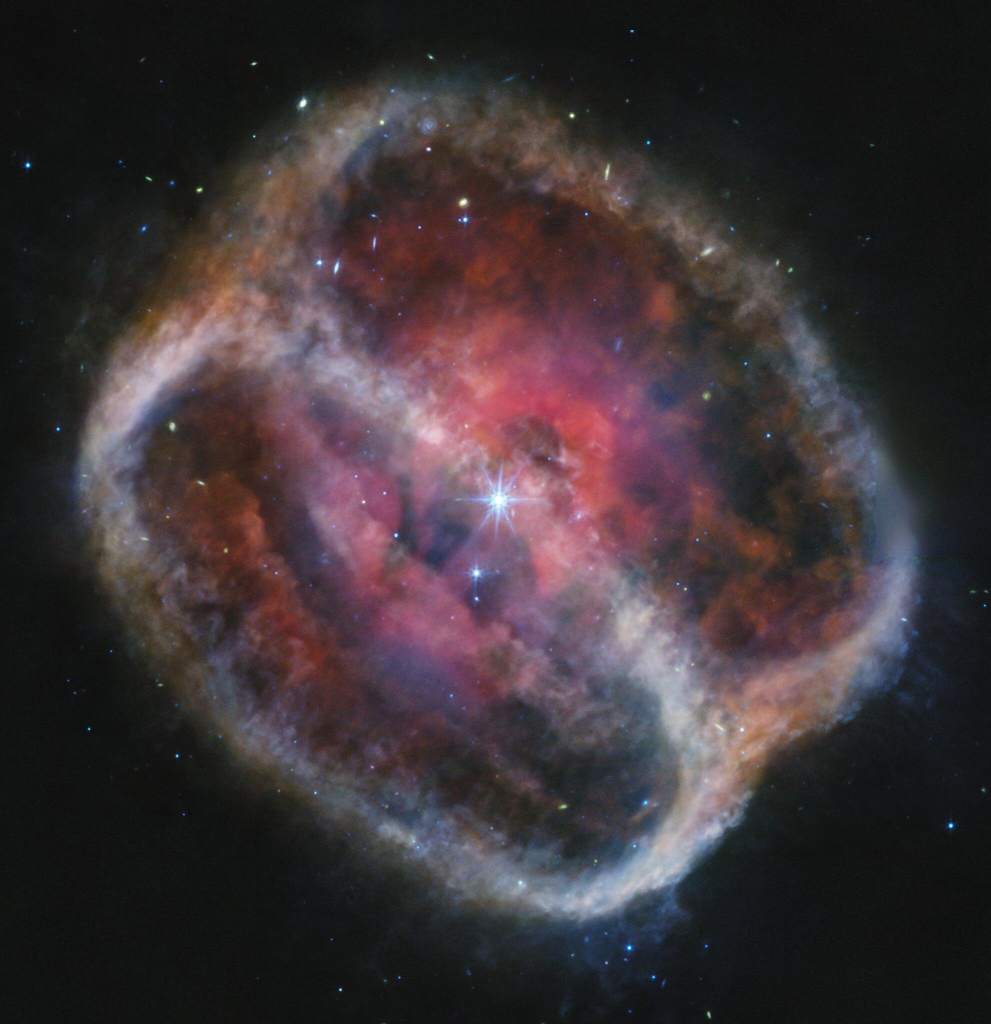Suche
Beiträge, die mit jwst getaggt sind
#Astronomy #AstroPhysics #Cosmos #JWST #Science
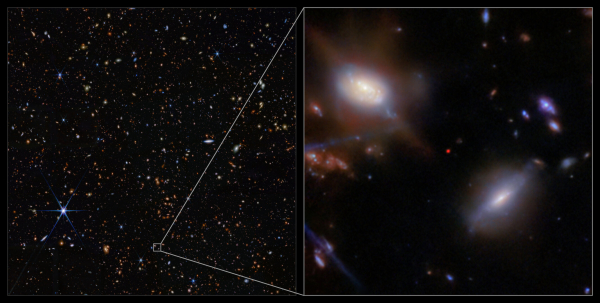
Webb sees galaxy mysteriously clearing fog of early Universe
Using the unique infrared sensitivity of the NASA/ESA/CSA James Webb Space Telescope, researchers can examine ancient galaxies to probe secrets of the early Universe.www.esa.int
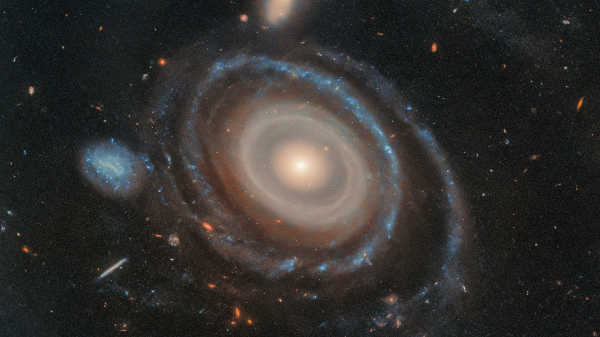
Da dreht sich etwas ganz komisch: Rätselhafte Entdeckung durch Webb
Könnte unser Universum in einem Schwarzen Loch entstanden sein? Neue Daten des James-Webb-Teleskops zeigen, dass etwa zwei Drittel der beobachteten fernen Galaxien im Uhrzeigersinn rotieren - ein Muster, das nach gängigen Theorien nicht existieren dü…John Woll (WinFuture.de)
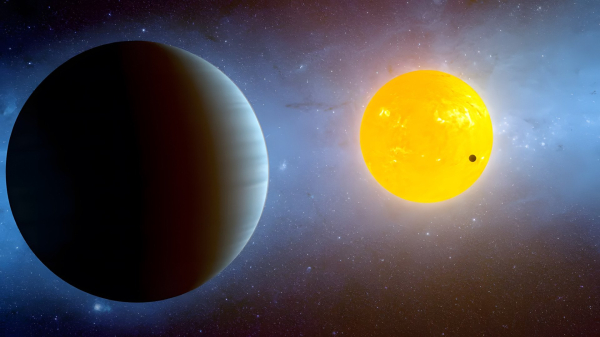
Vielversprechender neuer Weg zum Nachweis von außerirdischem Leben
Eine spannende Studie zeigt, dass bisher wenig beachtete Gase in den Atmosphären ferner Planeten Hinweise auf mikrobielles Leben liefern könnten. Diese Erkenntnis erleichtern die mühsame Suche nach außerirdischem Leben ein gutes Stück.John Woll (WinFuture.de)
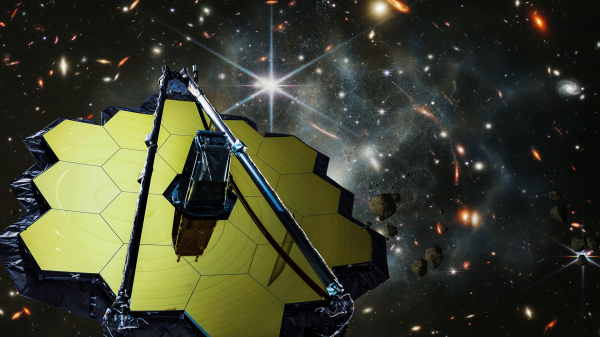
NASA zeigt Stern-Geburt: JWST dokumentiert Lynds 483 in Entstehung
Das James Webb-Weltraumteleskop (JWST) hat mit seiner hochauflösenden Nahinfrarot-Kamera beeindruckende Bilder des aktiv entstehenden Sternsystems Lynds 483 (L483) gezeigt - und eröffnet dmait einen einzigartigen Blick in die Wiege neuer Sterne.Nadine Juliana Dressler (WinFuture.de)
Meet the planetary #nebula NGC 1514, aka the "Crystal Ball Nebula". It's about 1500 light years away from Earth in the direction of the constellation Taurus.
Planetary nebulae occur toward the end of the lives of #stars that have about the mass of the Sun. They shed their outer layers into space, leaving behind an Earth-sized star called a white dwarf. Its temperature can be up to about 100,000 degrees, so it emits a lot of ultraviolet and X-ray light. That light energizes the gas ejected during the earlier phase, lighting it up like a neon sign. (NGC 1514's white dwarf is the bright star at the center with the spikes, which are an artifact of the telescope's optics.)
This image is a composite of individual frames made through three colored filters by the Webb telescope's Mid-Infrared Instrument (MIRI). The image shows two concentric shells of material whose bright edges appear as circles. It's actually an hourglass-shaped structure seen an angle inclined to our line of sight toward NGC 1514.
A newly published study finds that these rings are different than the reddish material inside them. The light they emit comes from very tiny grains of carbon-rich material given off by the progenitor star very late in its life.
But why the ring shapes? It turns out that the progenitor star was actually two, only one of which endured this phase of high mass loss. Energetic "winds" given off by the stellar pair shaped the carbon grains as they were pushed away from the system.
(Processing of this image was done by Judy Schmidt: https://www.flickr.com/photos/geckzilla/54206737999)
#Astronomy
NGC 1514 Infrared
Data from Proposal 1238: Sparse Spectral Mapping of NGC 1514 (pdf link because I have been unable to find html equivalents for JWST proposals) Principal Investigator Dr. Michael E.Flickr

